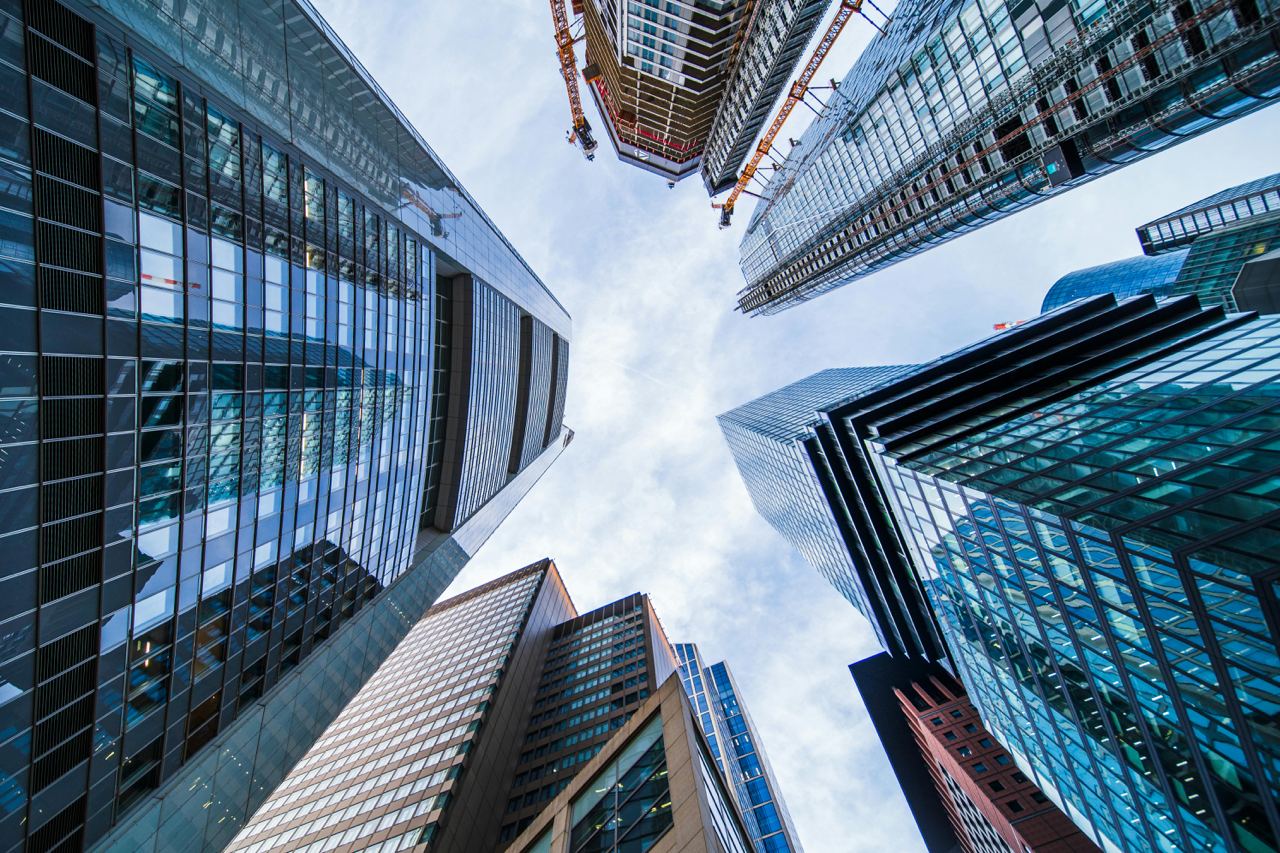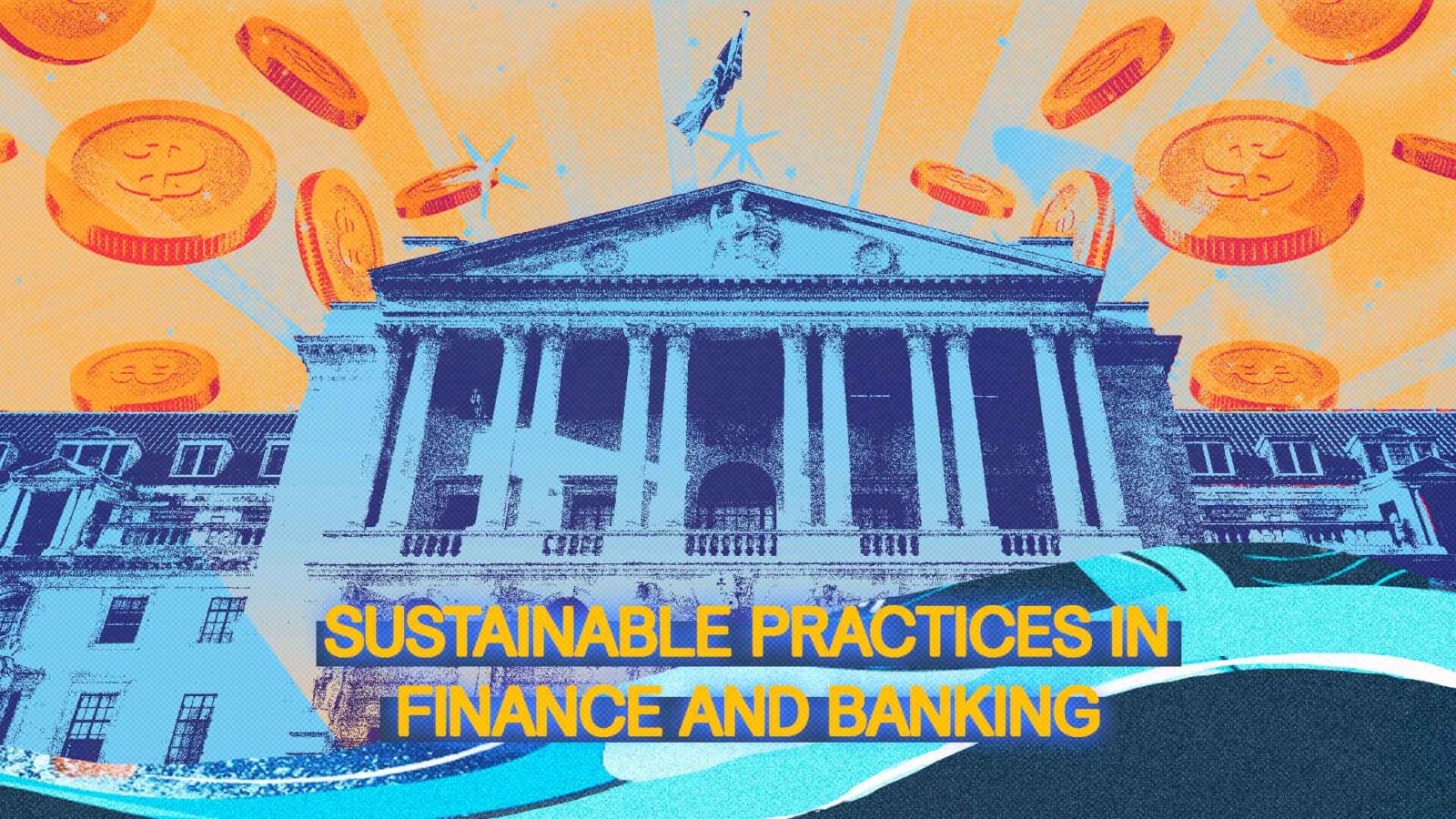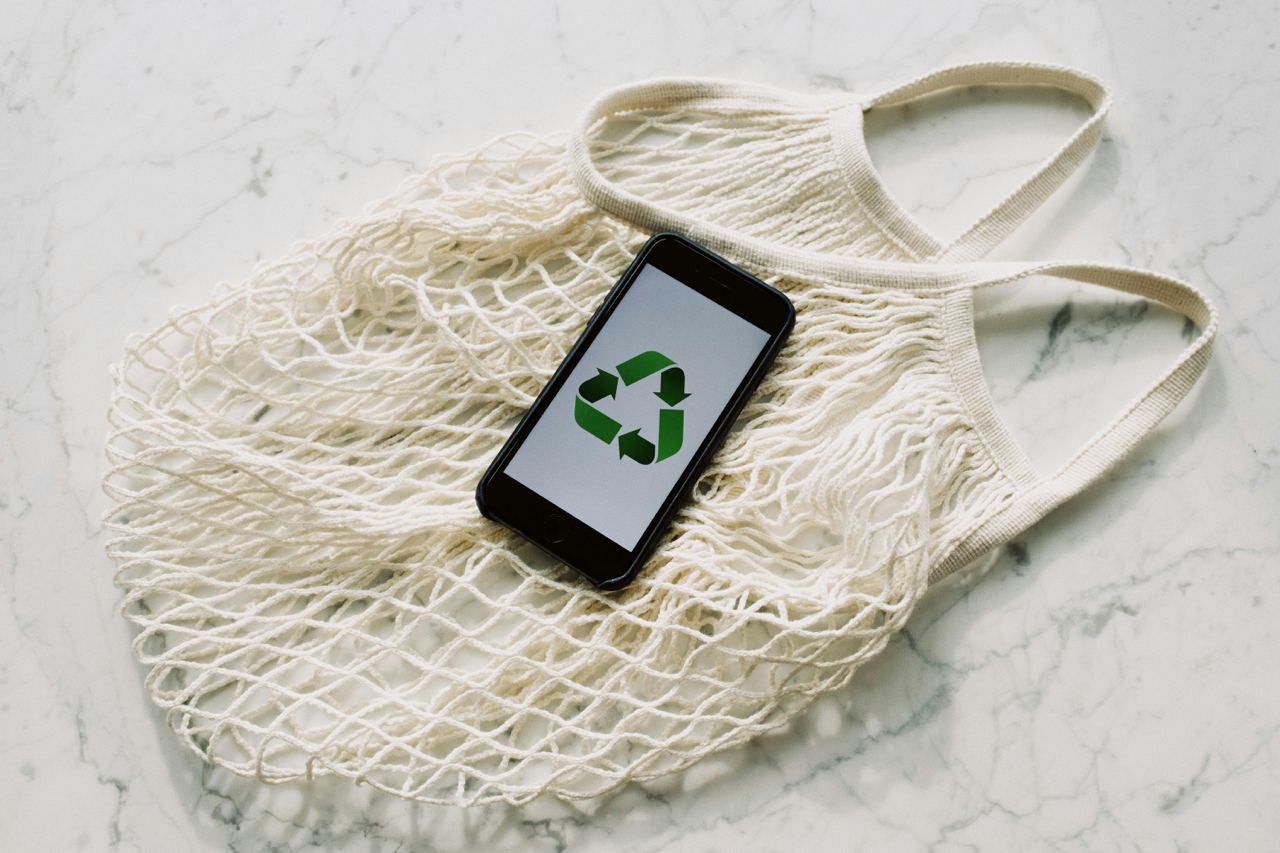Money makes the world go ’round…for better or for worse. Why do we need to adopt more conscious practices for sustainable banking and finance?
Related: Money Tips And Tricks We’re Taking Note Of From These Finance TikTok Creators
Climate change, climate justice, climate mitigation, climate financing…so many terms, so little time—on this Earth, if we keep acting like we do. By now, we’re all conscious of the harmful, worsening effects of the climate crisis. But let’s take a quick dive into how money plays a role in all this.
In this sense, how can we address climate change and focus on achieving goals of sustainability and climate mitigation in relation to banking and finance? What choices have to be made in order to make sure we’re not hurtling towards self-destruction? NYLON Manila talked to Nikki Lizares, Head of Sustainability at Security Bank, and Avva Dela Paz (@avvasavvy on TikTok), a 23-year old lifestyle and finance influencer, to gain some perspective about the links between finances and climate change, sustainable banking, and the way forward towards a more sustainable future.
SUSTAINABILITY, FINANCE, AND BANKING
The links between finance, banking, and sustainability in all its aspects—environment, economy, and society—are complex, tightly woven together by human practices and processes. Individual and collective choice, not just as consumers but also as advocates, and institutional action go hand-in-hand if we want to address the climate crisis effectively and with expedience.
Financial institutions, even in the Philippines, are well aware of the impact the banking industry has on environment and climate. From funding and investments to processes and business models, the financial industry has major impact on climate change—and in effect, potential major impact in its mitigation.
Banks have been able to lend trillions of dollars to fossil fuel and coal companies, which are the biggest drivers of climate change with their massive amounts of carbon emissions. They also fund other high-impact industries and actions like arms and deforestation. But with the rising threats of the climate crisis, and the Paris Agreement, they’re working on it.
SECURITY BANK
“[Banks] are working to understand the impact of climate change on their operations and are creating climate- and sustainability-linked products, such as green credit or sustainable bonds and loans,” says Nikki Lizares, who has an environmental science background, and has been working with Security Bank to fortify their commitment to sustainability.
From choosing sustainable materials to make their new Wave Mastercard to switching to renewable energy in their offices, Security Bank is taking opportunities to increase positive impact. Their Sustainable Finance Frameworks allow them to pursue green finance opportunities to assess and reduce environmental impact, while also engaging with stakeholders on relevant matters regarding Environmental, Social, and Governance matters.
The Wave Mastercard is a small but important move that represents bridging individual choice with institutional power. Its benefits are also layered—consumers get the satisfaction of partnering with a sustainability-aligned brand, along with financial benefits like a low interest rate (2.5%), 1% cashback on online purchases, and waived annual fees forever.
Security Bank’s commitment to sustainability and innovation has not gone unnoticed. The Wave Mastercard recently won Credit Card Initiative of the Year, ESG Program of the Year (Bronze), and Sustainability Initiative of the Year at the Asian Banking and Finance Awards 2024. These awards recognize Security Bank’s efforts in pioneering eco-friendly financial products and underscore the significant strides they are making in the realm of sustainable finance.
“We continue to push our sustainability agenda forward in line with the pillars of our mission to enrich lives, empower businesses, and build communities sustainably,” Nikki says.
THE PLAYERS

Masood Aslami, Pexels
Though it often seems individual choice makes far less impact than actual powerful players changing their ways, the responsibility of harnessing our desire for a better, more sustainable world falls on both institutions as well as individuals and communities. For Avva, being conscious about making financial decisions is a responsibility she’s eager to take if it means making a positive impact.
“I adopted a zero-waste lifestyle to minimize my plastic usage and prioritize mindfulness, especially in my spending habits,” she shares. “I choose eco-friendly products and give my support to businesses with environmental commitments.”
More and more banks are adopting sustainable banking practices and pulling support from climate change contributors through increasing awareness and pressure, though so much more work still needs to be done, and credibility and commitment to what they say they’ll do is under valid criticism.
“Financial institutions hold significant influence in driving sustainability,” Avva notes. “They should integrate environmental considerations into how they invest, pioneer innovative green financial products, and support sustainable businesses.”
THE WAY FORWARD
So, the way forward can not only be driven by the major players and institutions such as government, banks, and schools, but also the public—consumers, across all generations, but particularly by the generation most resolute in their values, outspoken in their desires to live in a better world. And these powers would do well to listen and act, something Security Bank is steadily working on.
Partnerships and Collaborations

Who a bank chooses to partner and collaborate with for any of its initiatives is a factor in their impact on not just climate mitigation, but also credibility. Nikki remarked that the right partnerships can lead to the development of programs and policies that support climate justice and sustainability.
“One example is to work together to establish a network of science and data-trained professionals, offering education and career pathways for those interested in sustainability,” she continues, citing increasing interest among the younger generation to pursue sustainability roles, and clear demand for these positions in the corporate sector.
She adds that “governments can further policies that incentivize sustainable practices in the financial sector and beyond,” which includes setting regulations that encourage green investments, supporting renewable energy projects, and providing tax benefits for sustainable banking business practices.
Investment and Innovation

As where banks invest and who they provide loans to are important, what investment opportunities they embark on are crucial to their impact. Security Bank has since pledged to stop financing new coal power plants and end coal financing by 2033.
A high degree of innovation is also necessary for us to be able to shift towards more sustainable banking options. For instance, Security Bank is one of the pioneers in the industry to switch to more eco-friendly material for a credit card—the Wave Mastercard, made from 100% recycled PVC.
Transparency

Nikki notes that, “Financial institutions are also encouraged to be transparent about their actions and progress in addressing climate-related risks. This can be achieved through integrated reports and communications with stakeholders, which can also serve as a platform for sharing best practices and encouraging others to take similar actions.”
Awareness and Education

Schools also play a crucial role in formulating an understanding of the importance of sustainability in finance and the economy. “This can be done through curriculum development, sustainability-focused events, and partnerships with financial institutions for practical learning experiences,” Nikki suggests.
Armed with this understanding and resolve, we can pressure more institutions to commit to sustainable banking and take steps towards climate mitigation. It’s important to ask questions such as what are these financial institutions investing in? What are they truly prioritizing? And what actions are they taking?
The Power of Choice

At this point, we’re pretty aware of the less-than-ideal conditions in which we exist as consumers, manifesting in things such as the illusion of choice and greenwashing. But making a conscious effort to be mindful about environment and justice when we choose what we do, where we put our money, and what we use and speak about are good steps to take.
Choosing to invest in products that are sustainable—made by companies that are actually committed to being sustainable, for instance, and sending a message out into the world that you are consciously making the decision based on the values represented by a product or practice, makes a statement.
Check out Security Bank’s efforts towards sustainability here and more details about the Wave Mastercard here.
Continue Reading: How A Security Bank Wave Mastercard Can Help You Make The Most Of Your Summer






